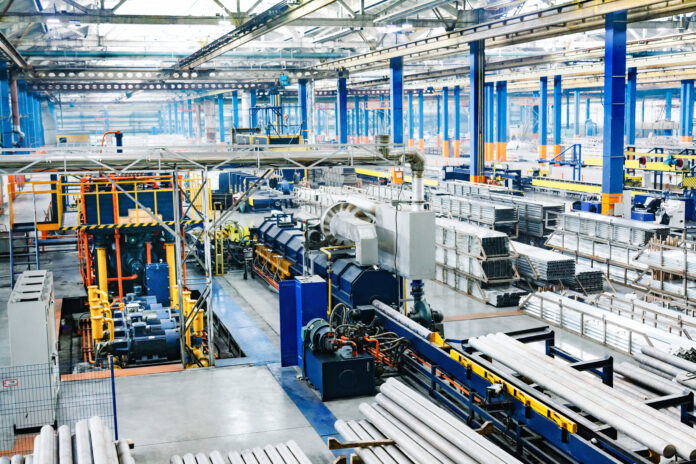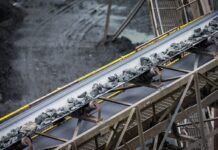
Market activity in Australia’s manufacturing sector has experienced further contraction at the end of 2022, with the seasonally adjusted S&P Global Australia Manufacturing Purchasing Managers’ Index (PMI) standing at 50.2.
The rating, which is significantly lower compared to November’s 51.3, comes as both demand and production weigh on the headline PMI, according to a report from Judo Bank Australia.
Posting a result above the 50.0 no-change mark, the PMI was consistent with a thirty-first consecutive month of improvement in overall operating conditions, albeit at a marginal rate.
Input buying activity and holdings declined despite continued growth in employment levels.
Meanwhile, price inflation moderated amid continuous issues in the supply chain.
Demand for locally manufactured goods experienced a moderate decrease in December, breaking a 15-month growth streak. This comes amid pressure from deteriorating economic conditions and higher interest rates according to panellists.
“The latest PMI survey results are consistent with the RBA’s policy changes in 2022 effectively re-balancing the economy without causing a sudden downturn in activity. Tighter monetary policy is slowing domestic activity and removing the excess demand for labour across the economy, without causing widespread job losses and higher unemployment,” said Warren Hogan, chief economic advisor at Judo Bank.
Foreign demand also came under pressure amid a weaker global climate and shipping issues that have negatively impacted new orders from abroad, decreasing manufacturing production, in turn.
Some manufacturers have attributed the decline in manufacturing production to supply and manpower constraints.
Australian manufacturers have also lowered their purchasing activity in December amid the pullback in demand, according to the report, resulting in a decline in pre-production inventories.
“Australian manufacturers remain confident of better conditions ahead with the future output index at 66.6. A further slowdown in global and local economic activity is likely to be a headwind for the manufacturing sector in early 2023. This is consistent with a broader soft landing for the Australian economy over the year ahead,” Hogan said.
Sentiment within the Australian manufacturing sector remained positive in December but is still subdued by historical standards.




















